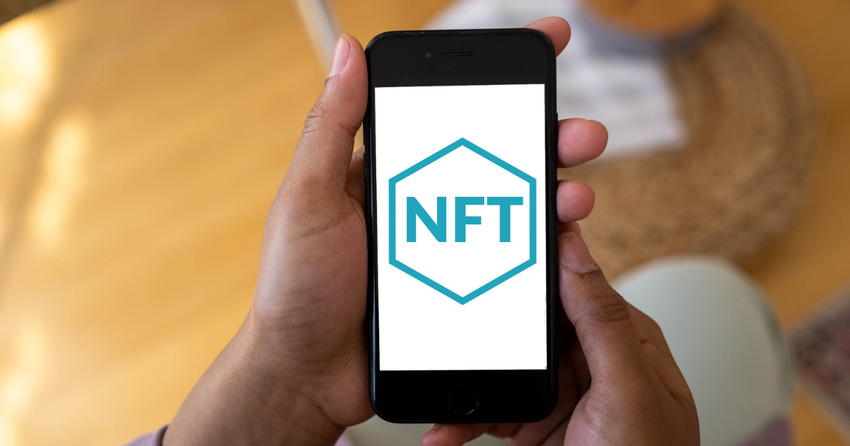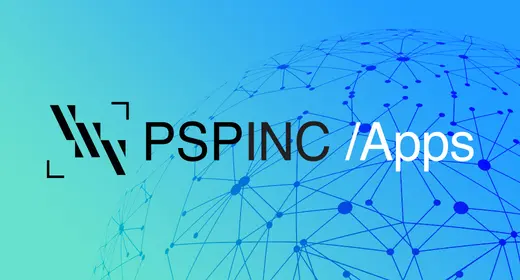
Over the past couple of years, you may have heard of the term, “NFT”, which stands for non-fungible tokens. You may even be vaguely familiar with the concept. Maybe you associate it as a different kind of Bitcoin but in the simplest of terms, it’s actually more of a way to authenticate digital purchases. The big difference between an NFT and a Bitcoin is its value. Each NFT is worth a different amount whereas Bitcoins (as well as dollar bills, in fact) are all worth the same. For example, you can exchange a ten-dollar bill for two five-dollar bills or ten one-dollar bills because they’ll be worth the same amount. And that’s what’s called a “fungible” asset.
However, NFTs are different because they can’t be replaced or interchanged. For example, if you bought concert tickets, each one would be different. Even if all the concert tickets were priced the same, each ticket corresponds to a different seat as well as a specific date, so they don’t hold the same value if you tried to trade them for another set of tickets. NFTs are stored on what’s called an open blockchain, making it possible for anyone to track them as they’re created, sold, or resold. They also use smart contract technology, which allows the original artist to continue earning a percentage in all subsequent sales as long as they set up the NFT that way. Because of this, it also means that people can’t create fake NFTs or circulate fake ones because you can trace them to the original creator or issuer.
What Are NFTs Used For?
NFTs have gotten big in the world of digital assets, specifically the ownership of them. These digital assets include art, music, gaming items, and even investment and collateral. After buying an NFT, you gain ownership of that asset. But it can still end up online somewhere, open to the public and free to view. The difference between the image of that asset that circulates online and the NFT is the authenticity and ownership of the original. The buyer owns the original asset. The image, or images, of it that circulate online is just a copy.
For example, there are thousands of Mona Lisa images online. And if you go to the Louvre, you can see it in person and take a picture of it. But your picture, as well as the thousands of other pictures of the Mona Lisa you find online, are just copies. The Mona Lisa in the museum is the original and the Louvre has ownership of that painting. It’s the same for NFTs. The only difference is that the original is very often not a physical possession. It’s a digital asset. So, it begs the question, why are some NFTs so expensive?
The Pricing of NFTs
The current record for the most expensive NFT ever sold is by creator and artist, Mike Winkelmann, who goes by Beeple. In March of 2021, his artwork titled, “The First 5000 Days” sold at Christie’s (an auction house) for just over $69 million. Other examples include Jack Dorsey’s sale of his first-ever tweet as an NFT, selling for $2.9 million, or the musician, Grimes, selling some of her digital art as an NFT for more than $6 million. Now, these are just some extreme examples. The truth is, some NFTs may resale for less than what you paid for it. Or it might not even resell at all. It all depends on demand.
The value of an NFT is entirely dependent on what someone is willing to pay for it. And while images of it can circulate online, it actually increases in value the more it’s seen on the internet. How you may ask? Because when it makes its rounds online, it gains popularity. And with it increases demand. It may seem like an odd concept but NFTs contain built-in authenticity and proof of ownership. If we bring it back to the Mona Lisa example, it means much more if you said you owned the original Mona Lisa painting as opposed to a picture of the Mona Lisa. NFTs work the same way, except again, it refers to a digital asset rather than a physical possession.
The Rising Popularity of NFTs
While NFTs have been around since 2015, they’ve only recently gotten very popular as cryptocurrency and underlying blockchain frameworks are becoming normalized. Today, the NFT marketplace is valued at $13 billion. The most recent use of NFTs on a large scale is Twitter’s new feature to include an NFT as profile pictures, which went live at the end of January 2022. For people who make the change, their profile picture changes by showing a new hexagon outline (instead of the standard circle). And that enforces the authentic nature of NFTs because only the owner of that NFT can have both that profile picture and the hexagon outline that comes with it.
However, it’s come back with mixed reviews. While the NFT community largely loves flaunting their status in the community, many users have found it’s not worth the hassle. While it’s seemingly easy to set up (all users have to do is connect their digital wallet), there is one big barrier: it requires users to pay for Twitter Blue (Twitter’s new subscription plan). But for those making a lot of money with NFTs, it’s a small hurdle.
The NFT Community
The new NFT profile picture on Twitter usually includes an NFT avatar, which again, is unique. With it, it represents their place and status in the NFT community. The use of an NFT avatar already signifies that they’re part of the NFT community. But what it looks like says more about the user. For people who have bought into a given NFT avatar project, they have something in common whether it’s a shared mission, set of values, and/or a shared sense of aesthetics and appreciation for the same style of art.
So, whether or not you really get NFTs, it’s a community that continues to grow. It may have been first introduced in 2015 but people didn’t really start getting on the bandwagon until more recently. Twitter is already incorporating them into their platform so who’s to say other platforms won’t follow suit? By the looks of it, the rise of NFTs doesn’t seem to be slowing down any time soon.
|
Pacific Software Publishing, Inc. 1404 140th Place N.E., Bellevue, WA 98007 |
| PSPINC Creates Tools For Your Business |
| Pacific Software Publishing, Inc. is headquartered in Bellevue, Washington and provides domain, web, and email hosting to more than 40,000 companies of all sizes around the world. We design and develop our own software and are committed to helping businesses of all sizes grow and thrive online. For more information you can contact us at 800-232-3989, by email at info@pspinc.com or visit us online at https://www.pspinc.com. |
 An all-new multi-service login for your PSPINC web apps!
An all-new multi-service login for your PSPINC web apps!
 Request a quote for Custom WordPress Design
Request a quote for Custom WordPress Design

.png)
















